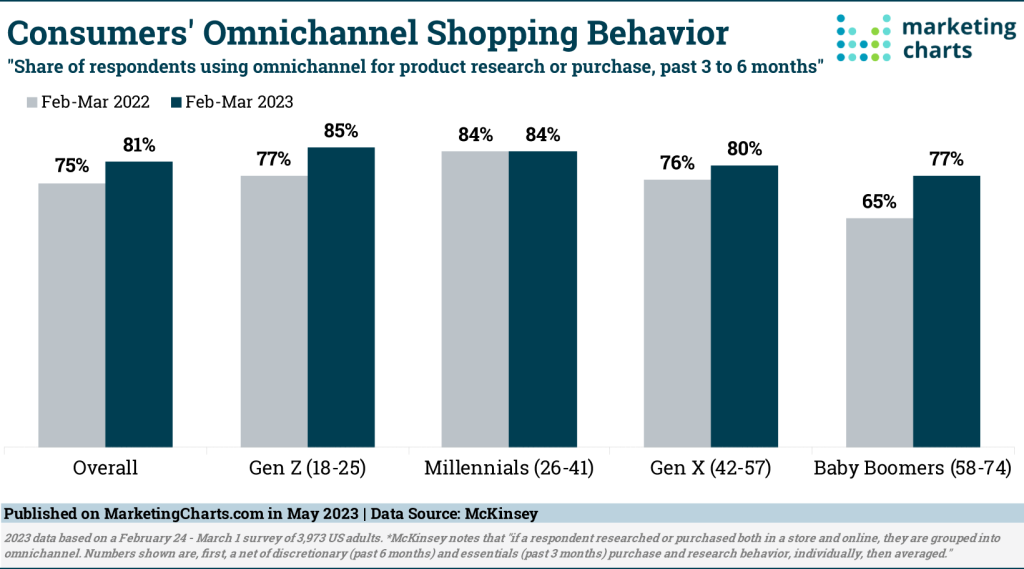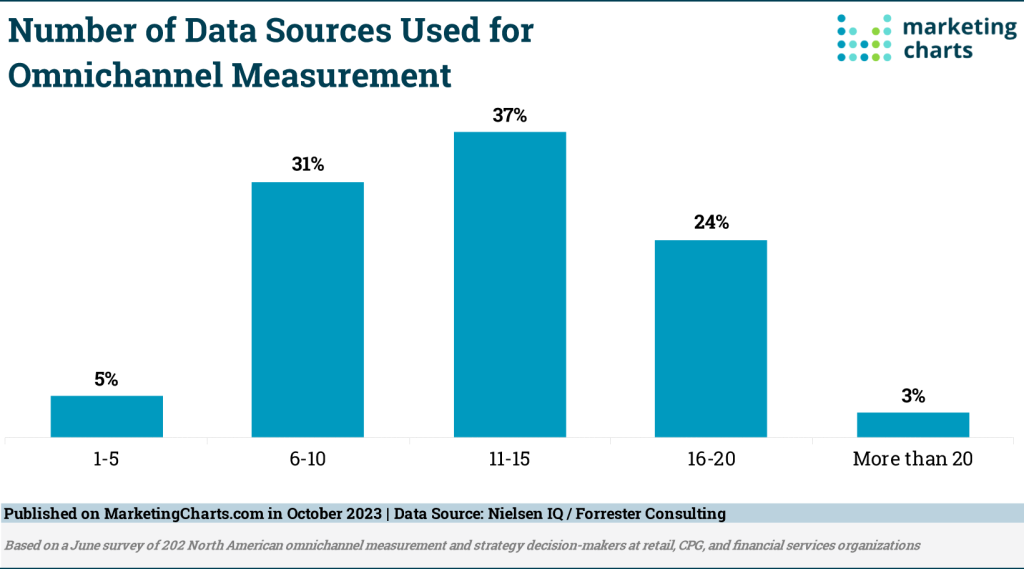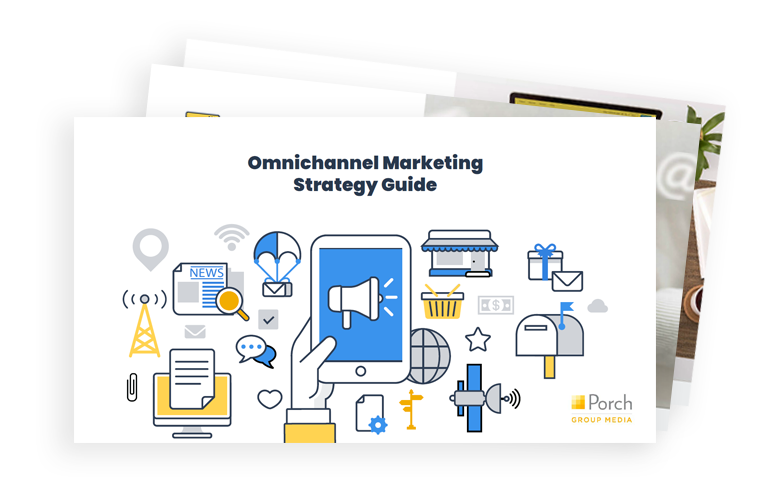Consumers shop across any number of devices and channels, much of these increasingly digital in today’s changed environment. Omnichannel marketing is an approach that provides customers with a completely seamless and integrated shopping experience from the first touchpoint to the last.
The goal is to create a unified and consistent brand experience, whether the customer interacts with your brand via a physical store, website, social media, email, mobile app, or any other channel.
Omnichannel Shopping in 2024
More than 8 in 10 (81%) adults in the US are now omnichannel shoppers, meaning that they research and browse across multiple channels before making a transaction, according to research by McKinsey.

(Image Source: Marketing Charts)
According to the research, 85% of Gen Z adults (ages 18-25) were omnichannel shoppers in 2023, up from 77% the previous year and making this the generation the most likely to cross channels to make purchases.
The biggest growth is among Baby Boomers (ages 58-74). In 2022, fewer than two-thirds (65%) were omnichannel shoppers but it climbed to more than three-quarters (77%) the following year.
Get your Free Copy of our Omnichannel Marketing Strategy Guide.
Measuring Omnichannel Marketing Strategies
According to research by Nielsen IQ and Forrester Consulting, when it comes to the number of data sources used to obtain an omnichannel measurement, almost two-thirds (64%) of respondents reported that they leverage more than 10 sources to obtain a measurement. That includes more than one-quarter (27%) who use 16 or more data sources.

(Image Source: Marketing Charts)
Omnichannel Marketing Strategies to Convert Today’s Shopper
According to Lob and Comperemedia, 31% of consumers are more likely to engage with a brand when they receive multiple types of communication.
Get Focused on Your Online Game
Consumers research, look for recommendations and compare prices on different channels depending on where they are at in the purchase cycle.
They may start with a Google search to find brands that offer the products they are interesting in purchasing, check out your social media sites to look at customer reviews, visit your website to check out your inventory, and perhaps save some items to a cart while they continue to other sites looking at online reviews again.
Each path to purchase is different but each plays an important role in the overall journey.
Your online presence must be super-focused and highly visible across multiple digital channels. With consumers fragmented across channels, be sure to focus on areas such as SEO, social media channel diversification, active encouragement of online reviews on multiple sites, and sharing of plenty of content such as videos, pictures, contests, and promotions.
As consumers are researching and discovering products, services, and brands, a strong and diverse online channel has never been more crucial.
Explore Channels: The Power of Direct Mail and Connected TV in Omnichannel Marketing
While digital channels like social media, email, and mobile apps often dominate omnichannel marketing strategies, consider using channels such as direct mail and Connected TV (CTV).
Direct Mail
Direct mail might seem like an old-fashioned approach, but it’s a powerful tool in the omnichannel marketing mix. Direct mail provides a tangible connection between the brand and the consumer and is a great way to break through the digital clutter. In fact, 62% of consumers say direct mail has inspired them to take action.
CTV
CTV refers to television content streamed via the internet on devices such as smart TVs, gaming consoles, and streaming devices. With more consumers shifting away from traditional cable to streaming platforms, CTV is an excellent channel for reaching highly targeted audiences. Brands can deliver personalized ads to specific demographics, interests, or shopping behaviors.
Integrate Data Across Channels for a Singular Customer View
Consumers view a brand as a single entity, not as various channels within the brand. We have heard time and again about the necessity of providing consumers with seamless customer experiences, whether a consumer is interacting with you on email, social, customer service, or at the store.
Each engagement produces a wealth of data regarding a consumer’s likes, dislikes, likely next purchases, channel preferences, and so forth. However, when each channel is operated as a separate entity, customer information cannot be shared between systems to create a single customer view.
Achieving this single customer view requires a solid data integration strategy across channels to drive a successful omnichannel strategy.
Conclusion
Consumers know what types of shopping experiences they want as they shop on their own terms, through the channels they prefer, and at the time of their choosing. Cater to today’s consumers with relevant and personalized messaging and seamless customer journeys.






